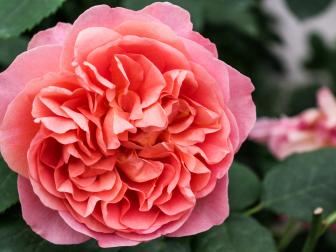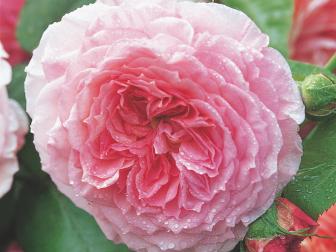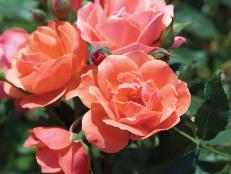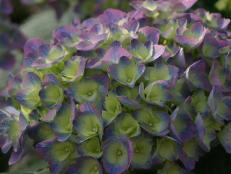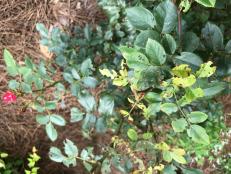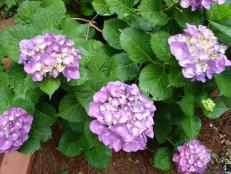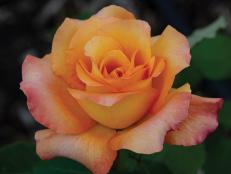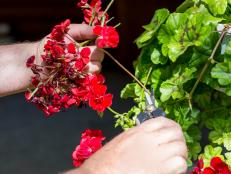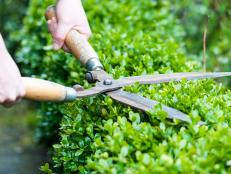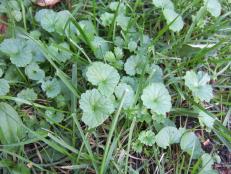How to Prune Roses
Pruning your roses will help increase blooming and decrease disease and pest problems. Follow these steps to learn how to make the right cuts.
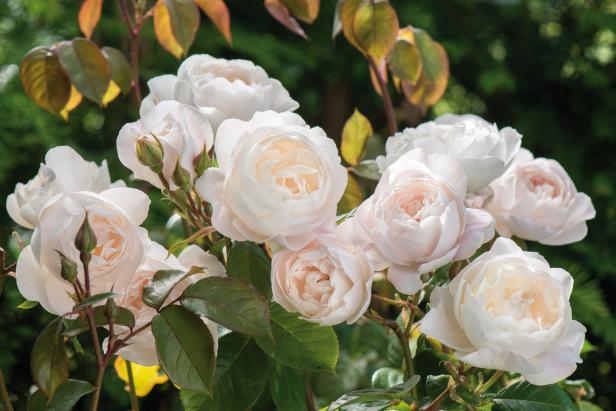
David Austin Roses Ltd.
Materials Needed
- hand pruners
- heavy thorn-proof gloves
- loppers
- bleach and water
Step 1: Know When to Prune
Do most of your pruning in early spring, just before new growth begins, but remove spent flowers and dead canes whenever they occur. The goal is to keep the center of the shrub free of twiggy, weak growth. Fertilize roses after spring pruning to encourage strong new growth. In cold-climate areas, wait to prune until the buds just begin to swell in spring. It's easy at that time to tell the difference between healthy canes and buds and those that didn't make it through the winter.
Step 2: Collect Your Equipment
Pruning thorny rose shrubs requires sturdy thorn-proof gloves and safety glasses to protect your eyes. Look for elbow-length gloves at garden centers. You also need a pair of sharp hand pruners for canes up to 1/2 inch in diameter. Use long-handled loppers or a small pruning saw to cut larger stems and to reach into the center of dense shrubs.
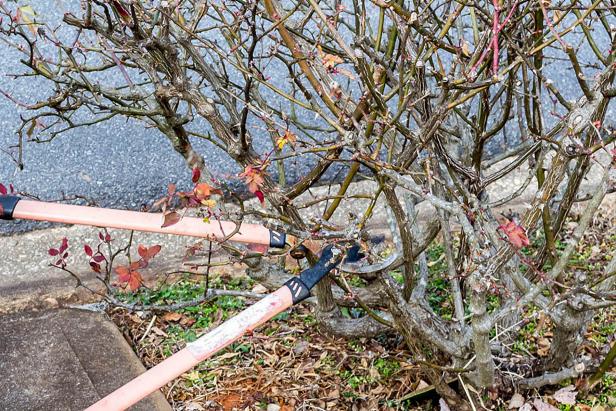
Photo by Mark Wolfe
Step 3: Inspect Your Rose Plant
First, identify all dead and damaged canes. Next, locate long thin canes and canes that grow from below the graft union, if the plant is grafted. Finally, look for canes that rub against or crowd each other, especially if they're growing through the center of the bush.
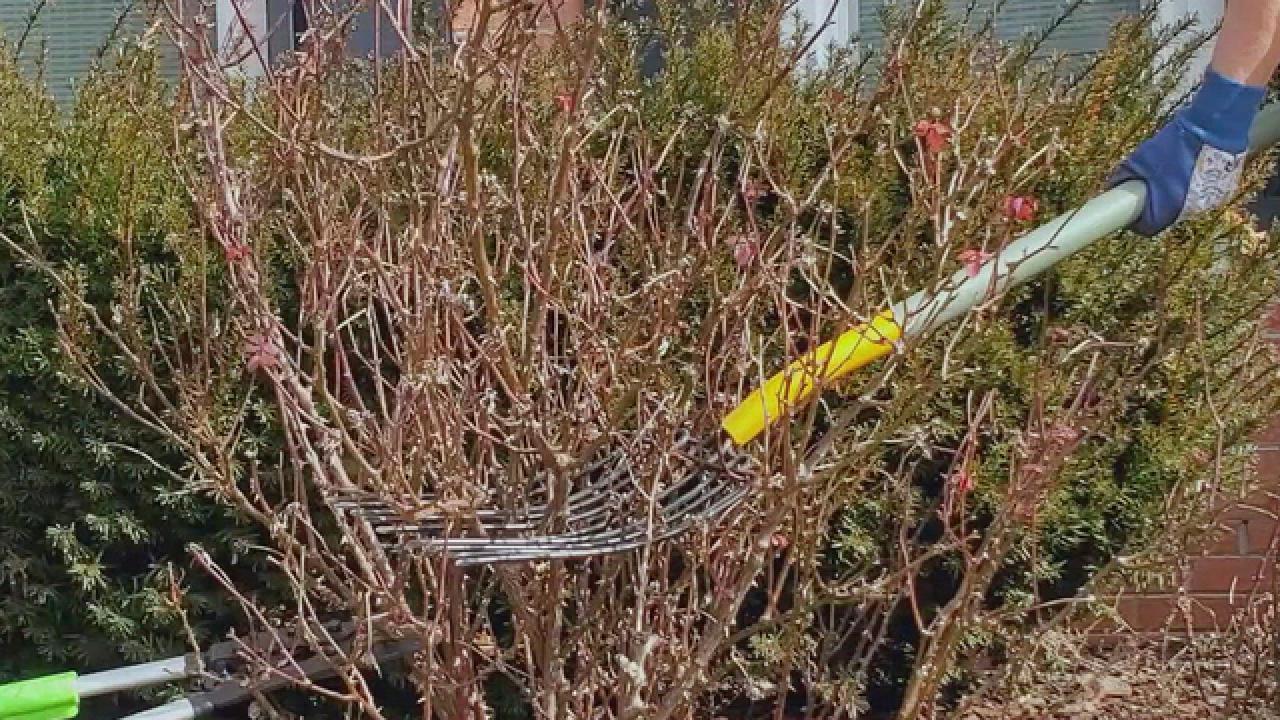
Step 4: Determine Where to Cut
Prune canes back to fat pink buds that face the outside of the shrub. Cut the spindly canes back by half their length or to 2 to 3 feet long. Cut or break off canes completely that grow from below the graft union. Remove diseased canes, and those that rub or crowd, back to healthy outward-facing buds. If you see brown tissue in the center of a cane when you cut it, prune a little farther back until the tissue is clear and healthy.
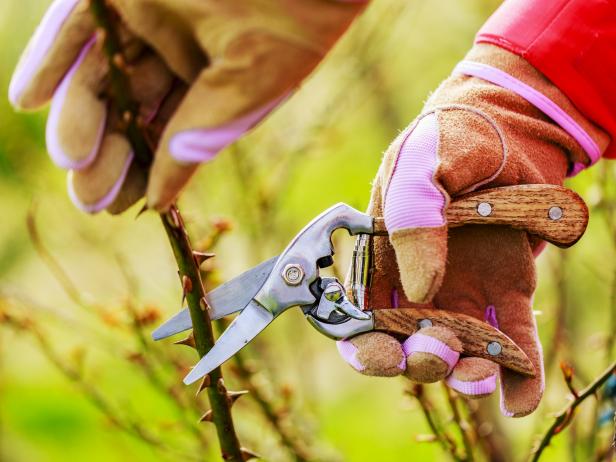
Shutterstock/gorillaimages
Step 5: Make the Right Pruning Cut
Make your cut about 1/4 inch above a healthy bud and at a 45-degree angle. The bud and the high point of the cut should be on the same side of the cane so that water will drain away from the bud. To prevent the spread of disease, clean your pruning tools between shrubs with a mix of 1 part bleach and 9 parts water.
Step 6: Remove Spent Flowers
To encourage repeat flowering, use hand pruners or scissors to remove flowers as soon as they finish blooming. Cut each flower stem back to a leaf with 5 to 7 leaflets and a healthy bud.








